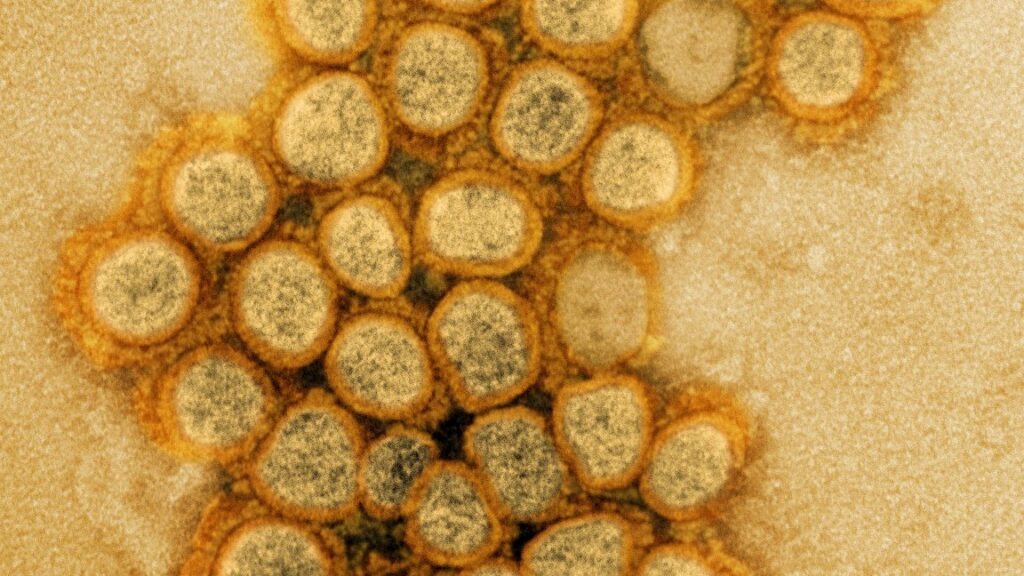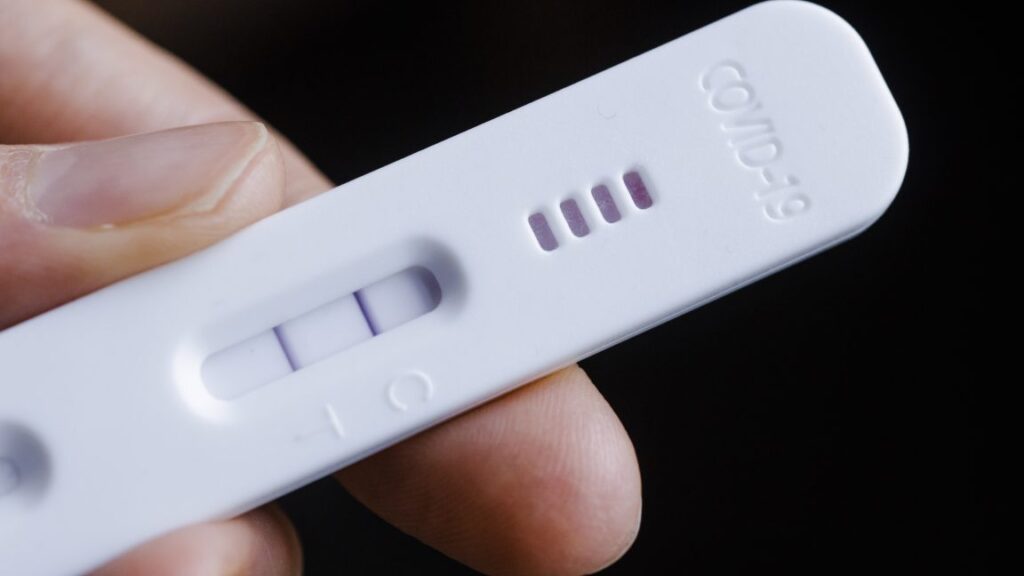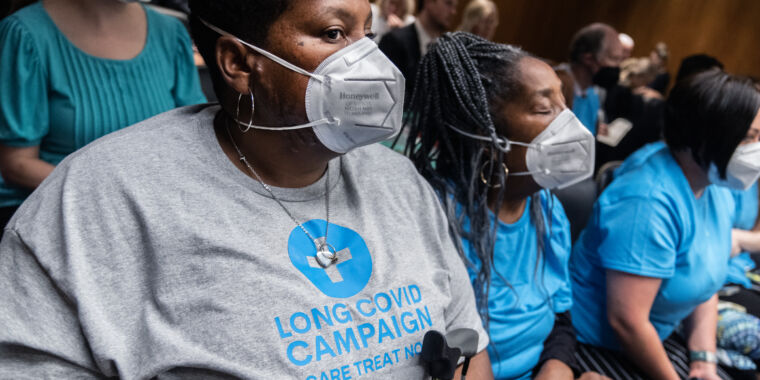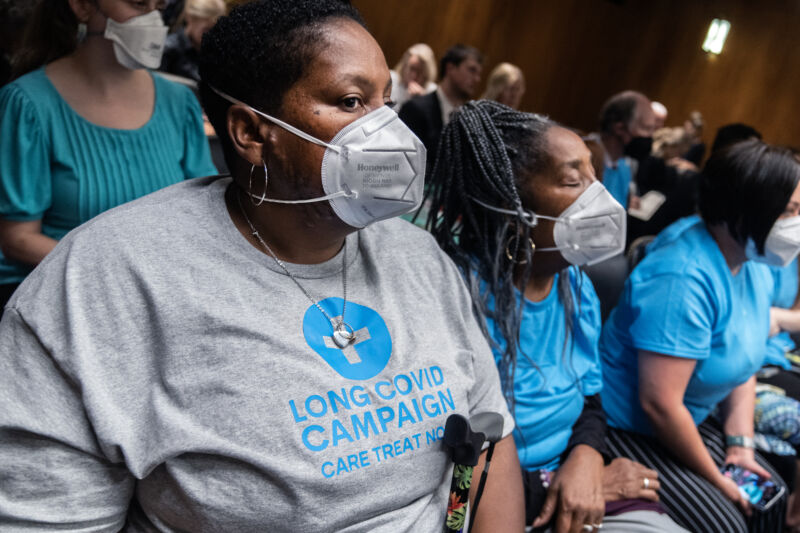New COVID variant swiftly gains ground in US; concern looms for summer wave
While COVID-19 transmission remains low in the US, health experts are anxious about the potential for a big summer wave as two factors seem set for a collision course: a lull in infection activity that suggests protective responses have likely waned in the population, and a new SARS-CoV-2 variant with an infectious advantage over other variants.
The new variant is dubbed NB.1.8.1. Like all the other currently circulating variants, it’s a descendant of omicron. Specifically, NB.1.8.1 is derived from the recombinant variant XDV.1.5.1. Compared to the reigning omicron variants JN.1 and LP.8.1, the new variant has a few mutations that could help it bind to human cells more easily and evade some protective immune responses.
On May 23, the World Health Organization designated NB.1.8.1 a “variant under monitoring,” meaning that early signals indicate it has an advantage over other variants, but its impact on populations is not yet clear. In recent weeks, parts of Asia, including China, Hong Kong, Singapore, and Taiwan, have experienced increases in infections and hospitalizations linked to NB.1.8.1’s spread. Fortunately, the variant does not appear to cause more severe disease, and current vaccines are expected to remain effective against it.
Still, it appears to be swiftly gaining ground in the US, fueling worries that it could cause a surge here as well. In the latest tracking data from the Centers for Disease Control and Prevention, NB.1.8.1 is estimated to account for 37 percent of cases in the US. That’s up from 15 percent two weeks ago. NB.1.8.1 is now poised to overtake LP.8.1, which is estimated to make up 38 percent of cases.
It’s important to note that those estimates are based on limited data, so the CDC cautions that there are large possible ranges for the variants’ actual proportions. For NB.1.81, the potential percentage of cases ranges from 13 percent to 68 percent, while LP.8.1’s is 23 percent to 57 percent.
New COVID variant swiftly gains ground in US; concern looms for summer wave Read More »



